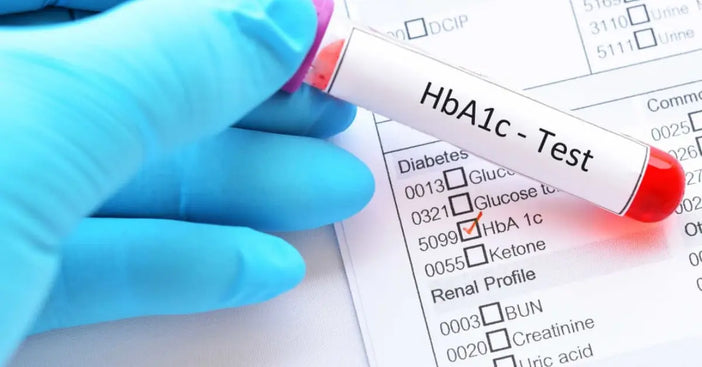Why The HbA1c Test Is So Important & How To Control It

Diabetes is a mathematician’s diagnosis – you always have to know your blood sugar levels and what nutritional regimes to follow (or how much insulin to take) to keep it balanced out. Regular testing is critical. This includes home glucometer testing throughout the day, as well as periodic trips to the doctor’s office, to test for HbA1c. The first provides you with a snapshot of your glucose levels in the here and now, while the second shows an average of your blood sugar levels over the course of two to three months.
HbA1c in a nutshell
The hemoglobin A1c test, otherwise known as HbA1c or simply A1c, is used to diagnose diabetes, as well as to determine whether your course of diabetes treatment is working, or if your diet and medications need to be adjusted.
“If glucose levels remain high, glucose interacts with body proteins to cause damage,” explains Dr. Sarah Brewer, member of the CuraLife advisory board. “This is the basis of the HbA1c blood test, which measures levels of glycosylated hemoglobin (how much glucose is bound to the hemoglobin in your red blood cells). This glucose-inflicted damage can affect large arteries by hastening hardening and furring up the arteries (atherosclerosis) to cause what are known as the macrovascular (large blood vessel) complications of diabetes:
- angina and heart attack
- stroke
- peripheral arterial disease (pain in the legs on walking due to poor blood circulation; this can lead to ulceration). “
HbA1c – what do the test results mean?
Because high levels of glycosylated hemoglobin can cause such serious complications in diabetics, it is important that you know and understand your HbA1c test result – and take measures to restore them to the normal range, if needed.
If you have diabetes, an optimal HbA1c level is 48 mmol/mol (6.5%) and any result below 7% is considered good. This is true for people managing their diabetes with diet and exercise, as well as for diabetics taking metformin, a popular medication.



